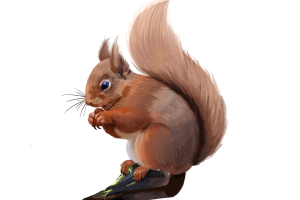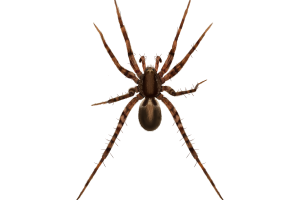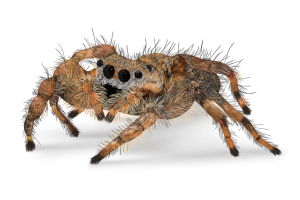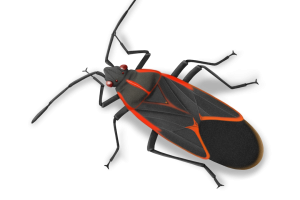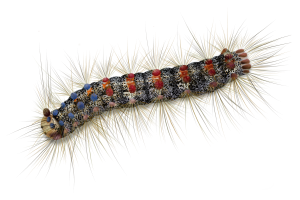If you have yellow jackets on your property or in your home, there are several signs you may notice. One of the most obvious signs is seeing the wasps themselves. Yellow jackets are active during the day, and can often be seen flying in and out of their nests, which are typically located in the ground, in walls, or in trees. Another sign is hearing a buzzing or humming sound coming from a particular area, which could indicate the presence of a nest. If you see large numbers of yellow jackets swarming around a particular area, it could also be a sign of a nearby nest. Finally, if you notice small piles of wood pulp or debris near the ground, this could be a sign of a yellow jacket nest entrance, as the wasps will often chew up wood and other materials to build their nests.
It’s important to be cautious around yellow jackets, especially if you notice any of these signs, as they can be aggressive and may sting if they feel threatened. If you have a yellow jacket infestation on your property, it’s best to contact a pest control professional to safely remove the nest.

